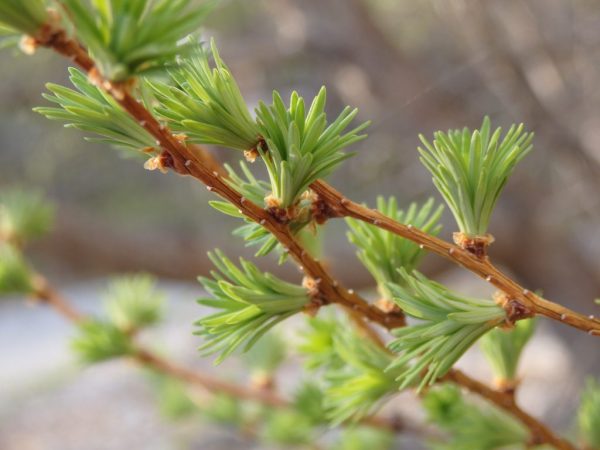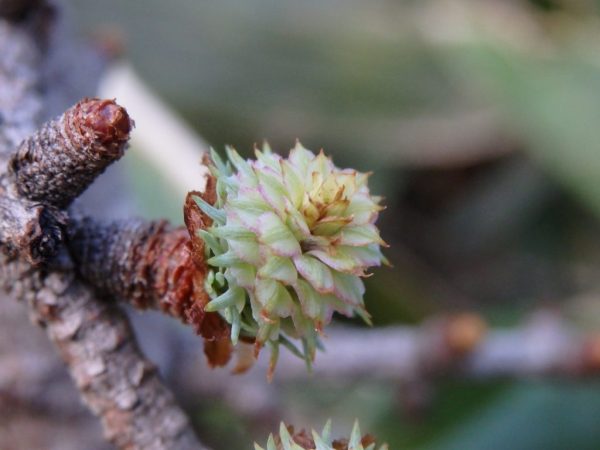
This past week, summer weather arrived in Japan as temperatures climbed into the thirties. Even the normally cooler alpine climes of Nagano got sweatier as locals and tourists alike made their way out for some weekend recreation. In Kamikochi, however, it's still spring and even a bit chilly when the sun's not out.
Green foliage and seasonal flowers continue to emerge, including one which was strangely familiar to me:

What we see here is a trillium in full blossom. The trillium just happens to be the official provincial flower of Ontario, Canada where I spent my formative years. By an extraordinary coincidence, someone was quizzing me on this very subject the other day, asking me about famous flora from my home town and eliciting a blank look (I apparently couldn't be bothered checking the translator on my phone). However, I can now say with confidence that "trillium" in Japanese is シロバナエンレイソウ (shirobanaenreisou), but where standard trilliums are purple, this variation is white.
Apart from biographical connections to the author, this flower is notable for taking a long time to reach full bloom. A very long time. More than ten years, in fact. In the intervening years, only the distinctive three leaves surrounding the flower may be seen clearly:

And yet for all the trilliums' patient efforts, they all too often get chewed on and discarded by roaming monkeys, for whom they represent one of many important sources of food:

So if you see one, count yourself lucky and it might be lining a monkey's belly soon.
Casting our eyes upward, we see the karamatsu needles have begun to fill out giving a more lustrous spring green to the wooded areas.

Prior to reading the National Park Guide blog (from which these photos were borrowed), I did not know that the buds on karamatsu branches come in male and female varieties. The downward facing male buds open to scatter their pollen to the wind:

While the downward facing female buds develop into pine cones:

So yes, it seems you learn a new thing everyday in Kamikochi. Thank you to the people at NPG for their photos and valuable information!
If you're planning a trip to Kamikochi, remember to check the weather and dress appropriately. The rainy season which usually takes up a big chunk of June is definitely on the way and you may prefer to avoid really rainy days. Also, as heavily implied above, it won't be as warm at 1,200m and beyond as it is closer to sea level, so don't be underdressed!
Source of Information:
National Park Guide Kamikochi blog: https://npg-alps.net/blog/today/16797/ and https://npg-alps.net/blog/today/16810/




